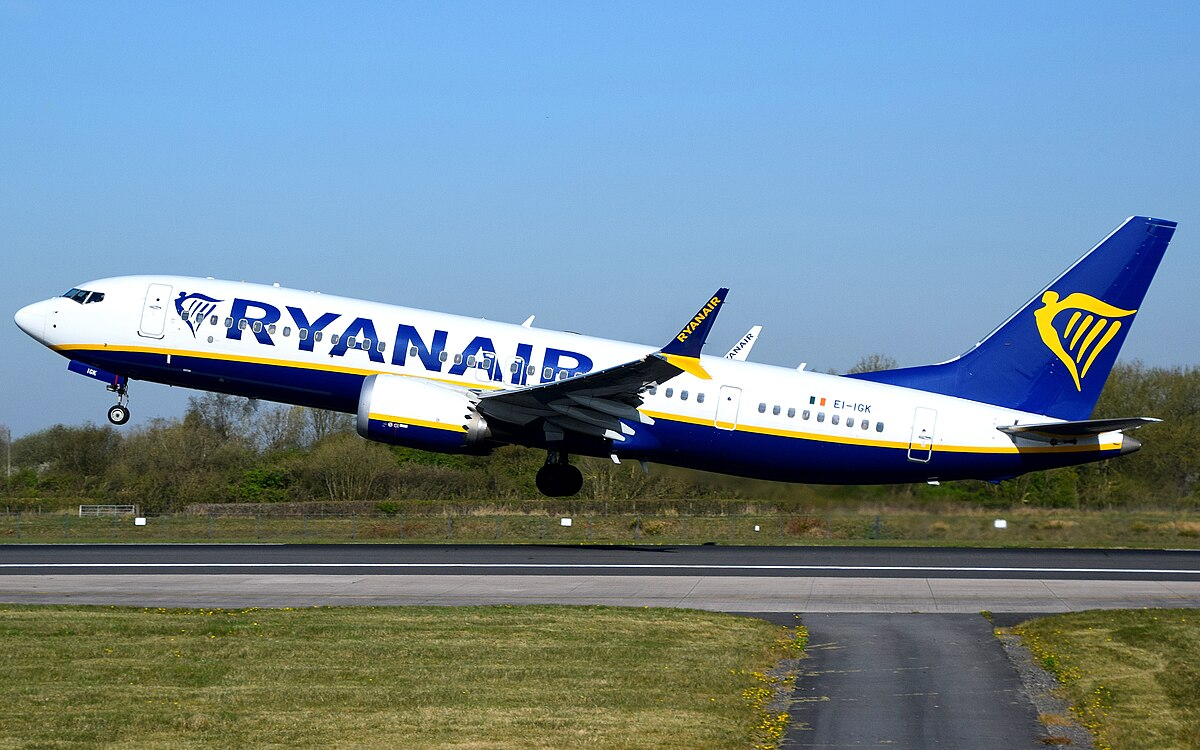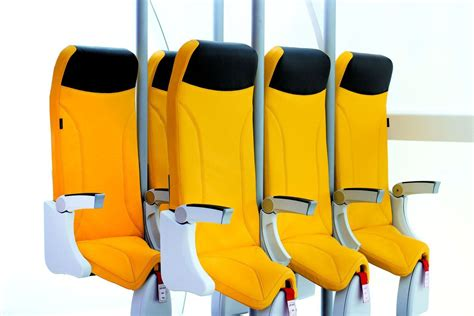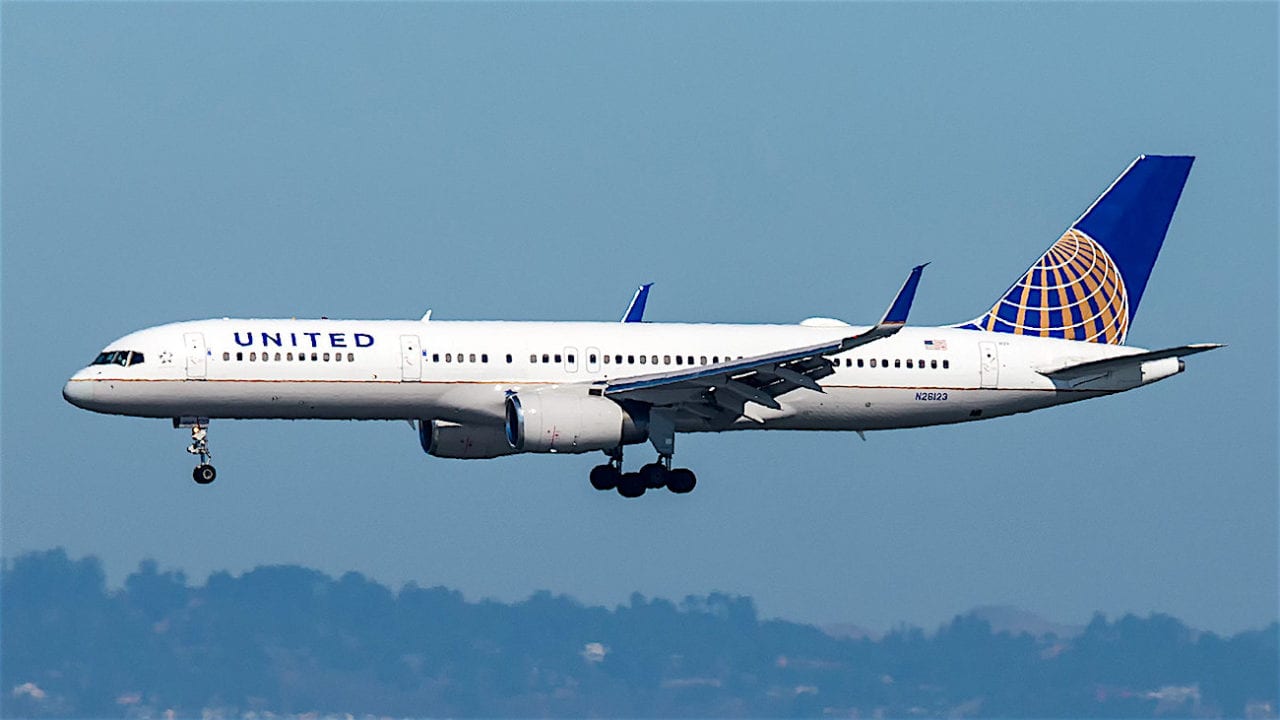A Brief(ly Terrifying) History of Standing Flights
Airbus first revealed the great idea in 2003, trying to get a 20% increase in passenger numbers. Thankfully, the idea stayed on paper. Fast forward to 2010, and Michael O’Leary, the famously cost-cutting CEO of Ryanair, proposed “vertical seats” on his low-cost airline.
O’Leary talked about ripping out the last 10 rows of seats in a Boeing 737 and installing a standing area. These “seats” would look like padded backrests and handrails, sold for as little as £5. Ryanair was already known for considering pay-per-use toilets and other outrageous cost savers. (Yes, he really floated coin-operated lavatories and even a “fat tax” for overweight passengers around the same time. SJWs would have a field day with this today.)

Ryanair's CEO was one of the first to suggest vertical seats
Until 2018, the standing seat was mostly talk and sketches. That changed when an Italian aircraft seat design firm, Aviointeriors, rolled out a physical prototype. At the 2018 Aircraft Interiors Expo in Hamburg, they debuted the Skyrider 2.0, a saddle-style, half-standing seat that really put visuals to the concept.
You’re effectively “riding” the seat like a cowboy rides a horse, hence the name. The design squeezed the space between rows down to a tiny 23-inch pitch and proved that innovation isn’t always a good thing. For comparison, even the tightest regular economy seats today are around 28 inches in pitch. Maybe riding an actual horse would be better. Media outlets called it inhumane, and people joked about airlines charging for oxygen next. Unsurprisingly, no airline ever placed an order for these.
Which brings us to the latest developments. In mid-2025, multiple news outlets ran stories suggesting that as early as 2026, some low-cost carriers in Europe plan to introduce standing cabin sections using the Skyrider 2.0 seats. The reports claimed that the redesigned seats have passed required safety tests and received at least a tentative nod from regulators, so a few brave airlines want to be first-movers in offering super-discounted “vertical class” tickets. Could the long-discussed standing seat finally become a reality on commercial flights?
Ryanair publicly denied that it has any plans to introduce standing seats in the near future, despite the viral rumors. Even Aviointeriors clarified: the Skyrider is still just a prototype.

The proposed design for vertical seats


